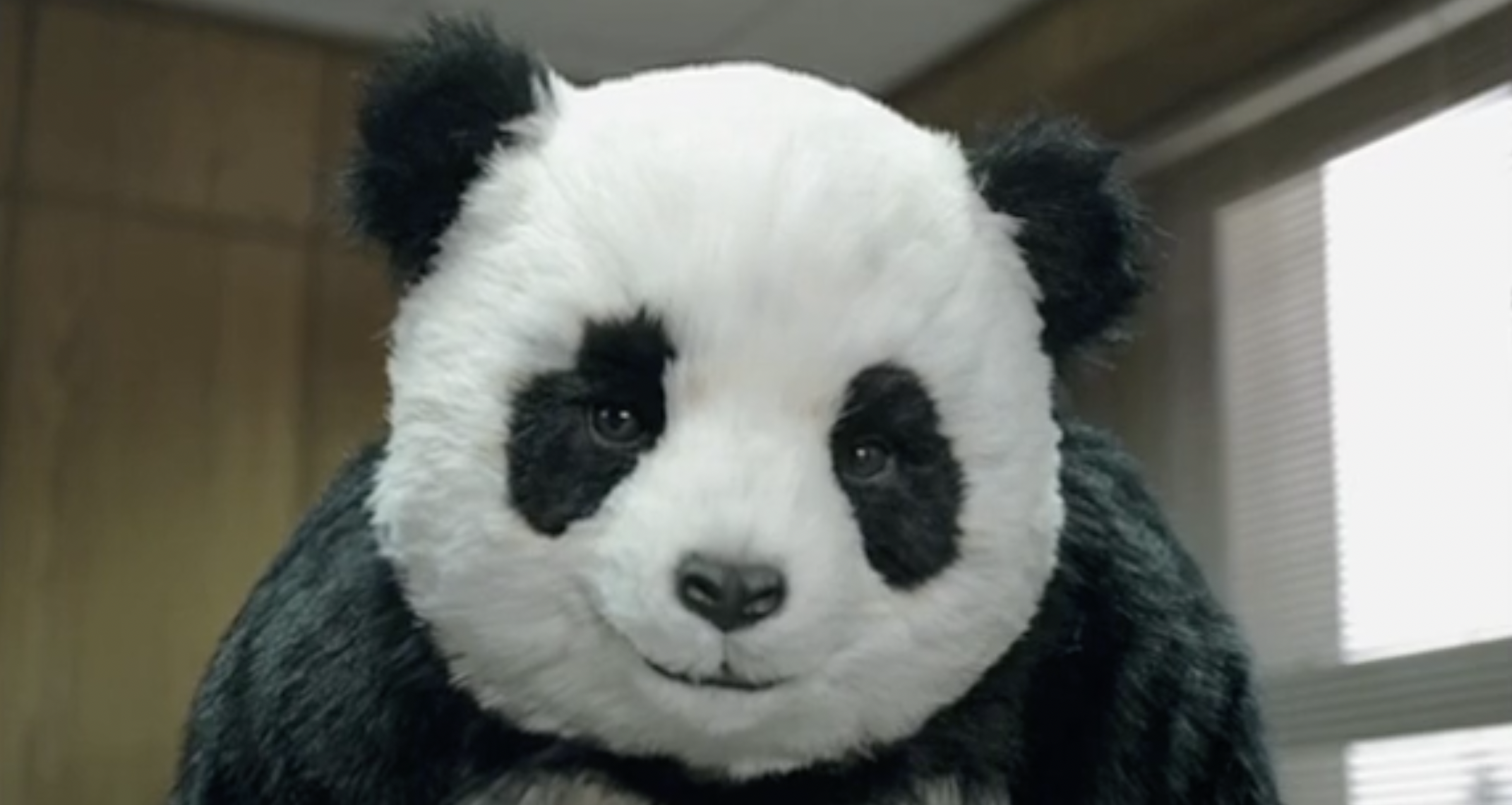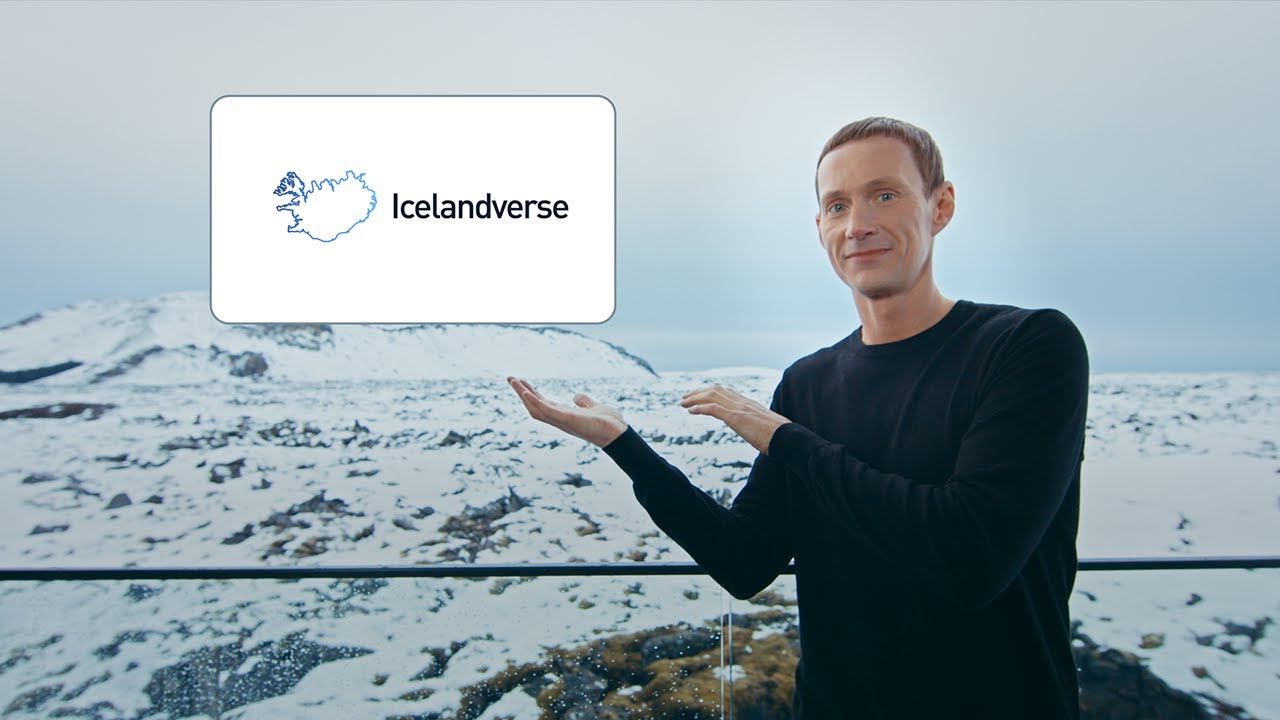Impact Of Comedy In Advertising
Can you think of a time when a funny ad made you laugh out loud? Perhaps the hilarity of the Geico caveman or the wit behind Old Spice’s “The Man Your Man Could Smell Like” stuck in your memory. Now, flip that—do you recall an ad that tried to be funny but fell painfully flat? Like an awkward joke at a cocktail party, poorly executed humour can make you cringe.

But here’s the kicker—whether it soars or flops, humorous advertising does what advertising is meant to achieve—it gets remembered. Memory recall is a key objective for marketers, and humour has consistently proven to be one of the most effective tools for achieving it.
The question isn’t whether humour in advertising works. Clearly, with the right approach, it can. What we want to explore is why humour is so effective, how to wield it successfully, and what pitfalls you should aim to avoid.
Why Comedy Is the Most Engaging Content
Humour creates a powerful emotional connection. Imagine receiving two ads in your inbox—one is a factual description of kitchen knives, while the other jokes about “knives so sharp, your onions will cry first.” Which one are you more likely to remember?
Scientific research backs this up. A study published in Procedia – Social and Behavioral Sciences found that humour significantly enhances memory recall. This impact isn’t reserved for those already in a good mood—it works across the board, even for people feeling down. That’s because humour engages the brain differently than other stimuli. It ignites curiosity, attention, and emotional involvement, making it easier for messages to stick.
The same principle applies to advertising. People are hardwired to know, like, and trust things that make them laugh, which is why humorous ads excel at fostering these instincts.
The Impact of Using Comedy
Consumers today are bombarded with advertisements—an estimated 4,000–10,000 per day to be exact. Humour cuts through that noise by tapping into relatability. It makes brands memorable, breaking through what marketers call “advertising fatigue.”
A meta-analysis on humour in advertising reinforces this impact—well-executed comedic campaigns drive higher engagement metrics, better brand recall, and increased purchase intent compared to non-humorous campaigns. This isn’t just theory—brands like Provar saw a jaw-dropping 700% uplift in engagement during their tongue-in-cheek April Fool’s campaign with our Comedy Crowd team.
Even so-called “serious” sectors can’t ignore the power of humour. Take Uber’s “Trains, now on Uber” campaign. By incorporating light-hearted playfulness across TV, video, and social media, they turned a traditionally dull topic—transport pricing—into a Gold Lion-winning campaign at Cannes. This just goes to show, comedy doesn’t belong only to beer ads and snack commercials.

The Pros of Humour in Advertising
When done right, humour does more than get a few laughs. It builds long-term connections that are essential for brand loyalty. Here are the top benefits of integrating comedy into your advertising strategy.
It Makes Your Brand Relatable
Humour gives brands personality, making them feel less corporate and more human. Think of it like being the funny guest at the dinner table—everyone gravitates toward you.
It Builds Trust
People are naturally drawn to others who don’t take themselves too seriously. A brand willing to laugh at itself, like KFC’s famous apology campaign following a UK chicken shortage, builds trust with its audience.

It’s Social Currency
A funny ad doesn’t just entertain—it becomes shareable content. Consumers love sharing amusing posts, tweets, and videos, effectively turning your campaign into free word-of-mouth marketing.
It Encourages Emotional Bonding
More than just giggles, humour triggers emotional responses. Ads that make people feel good become associated with happier moments, creating a lasting, positive perception of your brand.
The Cons and Risks of Humour
Of course, humour in advertising isn’t always smooth sailing. One misstep can alienate your audience—or worse—spark backlash. Here are potential pitfalls to watch out for.
Punching Down
Humour shouldn’t come at someone else’s expense. Punching down or targeting marginalized groups is a quick way to tank your brand’s image. Stay empathetic and inclusive in your approach.
Cultural Sensitivity
Jokes don’t always translate across cultures. What works in one country may flop—or offend—in another. Brands with global audiences need to carefully tailor their humour to suit diverse perspectives.
Disconnection from Your Brand
Successful ads keep the humour connected to the product. If the punchline overshadows the brand (remember Kendall Jenner’s infamous Pepsi ad?), you risk making a splash without any lasting impact.
Not Hitting the Mark
Not every joke will land, and that’s okay. But a weak joke can result in wasted ad spend or worse—leave you looking boring, irrelevant, or out of touch.
The good news? Even if a humour attempt doesn’t nail it 100%, brands are generally forgiven for trying. Being self-aware and showing you don’t take yourself too seriously still earns points.
Can You Make Humour Work for Your Brand?
The answer is yes—if you keep your audience at the heart of the creative process. Here are some actionable tips for aligning humour with your marketing goals (for a full breakdown, check out our complete guide to humour in advertising):
- Know Your Audience
What makes your target demographic laugh? A Millennial may vibe with memes, whereas boomers may prefer classic wit. - Test Before You Launch
Run small, targeted tests with a sample audience before rolling out humour-based campaigns on a large scale. - Stay On-Brand
Humour should amplify your voice, not distract from it. Make sure it ties back to your overall brand messaging and product. - Add Layers
The funniest ads aren’t one-trick ponies. Layer your humour to keep it fresh after multiple viewings. - Be Courageous
Taking risks is part of the creative process. Some of the boldest campaigns (think Old Spice or Skittles) wouldn’t exist without brave choices.
Where Laughter Means Loyalty
Is it purely coincidence that “humour” and “human” sound so similar? Yes. A complete coincidence. But the link between humour and human connections is very real.
At the end of the day, brands that can laugh at themselves foster goodwill, relatability, and long-lasting loyalty. Humour isn’t just a creative tactic; it’s a strategic advantage.
Done right, comedic advertising moves products off shelves, builds trust, and keeps audiences coming back—because everyone loves a company that knows how to make them smile.
Want to craft an unforgettable ad campaign using humour? Get in touch with us today, and together, we’ll transform creative ideas into captivating campaigns.





















